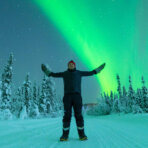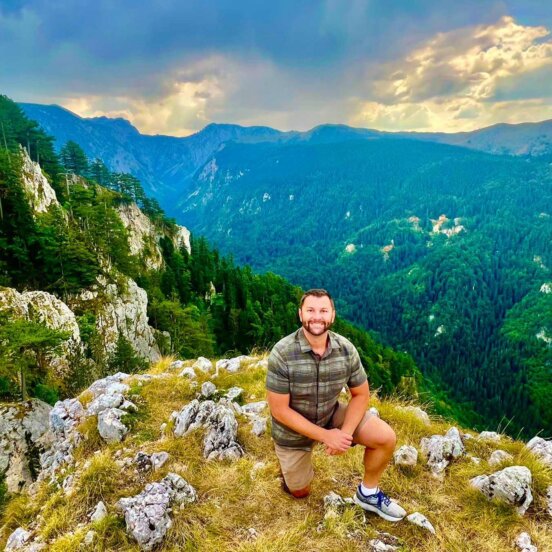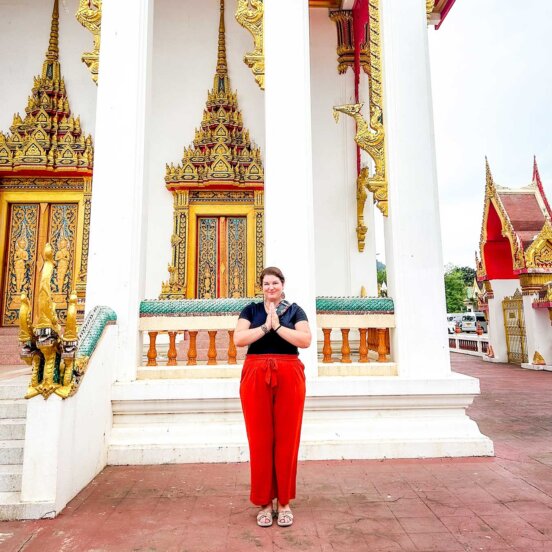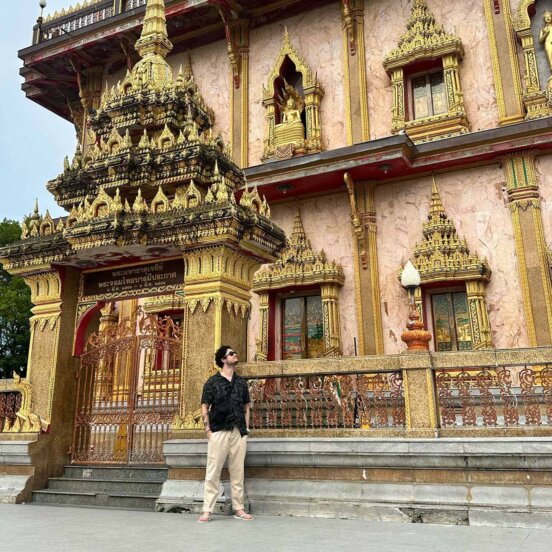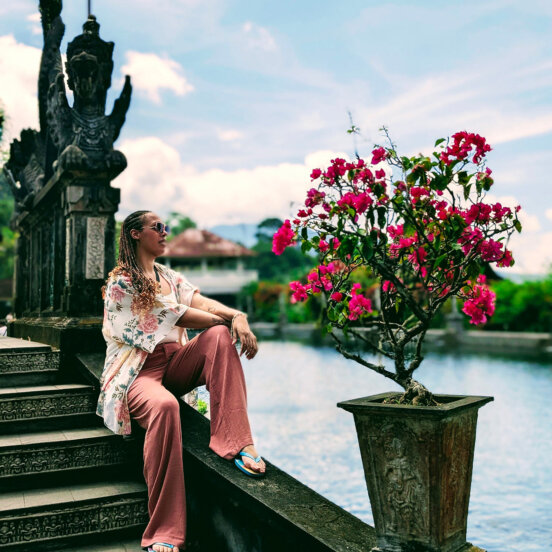Aurora Chaser: meet the man who lives and breathes the greatest light show on Earth
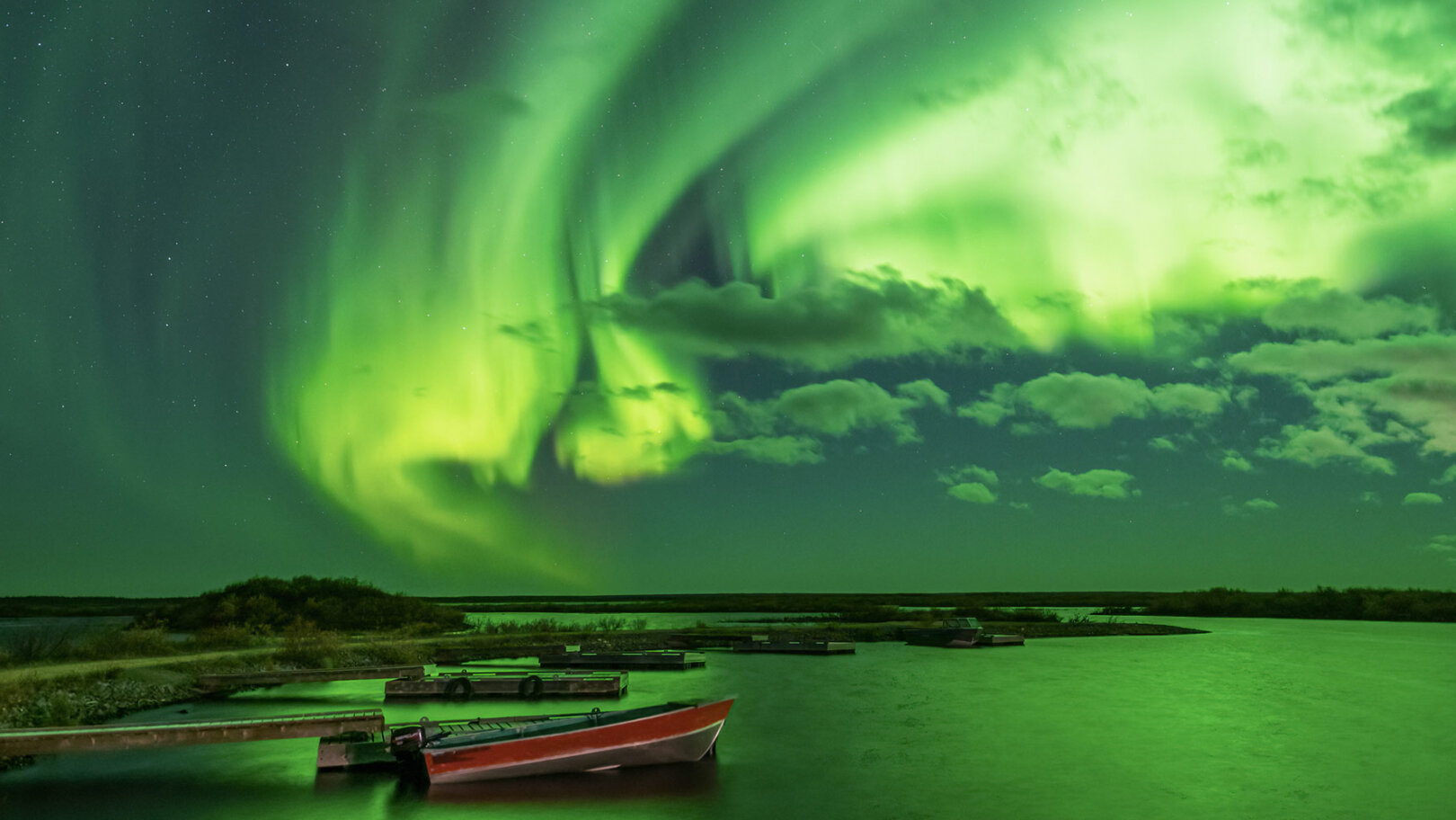
Every scientist I know has this one memory that jolts them into recognising a lifetime pursuit. I was four years old when mine occurred. It was October 31, 2003: a famous date in the world of Aurora, because there was a huge geomagnetic storm that day. I was able to see the Northern Lights overhead from my family home in the middle of the city in Minnesota. It was amazing – a moment of awe that sparked within me a latent passion for the night sky.
As a teenager, I started teaching myself Aurora photography. I just loved the idea of capturing the beauty of the natural world and using that to share, inspire and educate others. By the time I was a student, I’d become known as “The Aurora Guy”. The name stuck, launching the Instagram and blog I’m now known for.
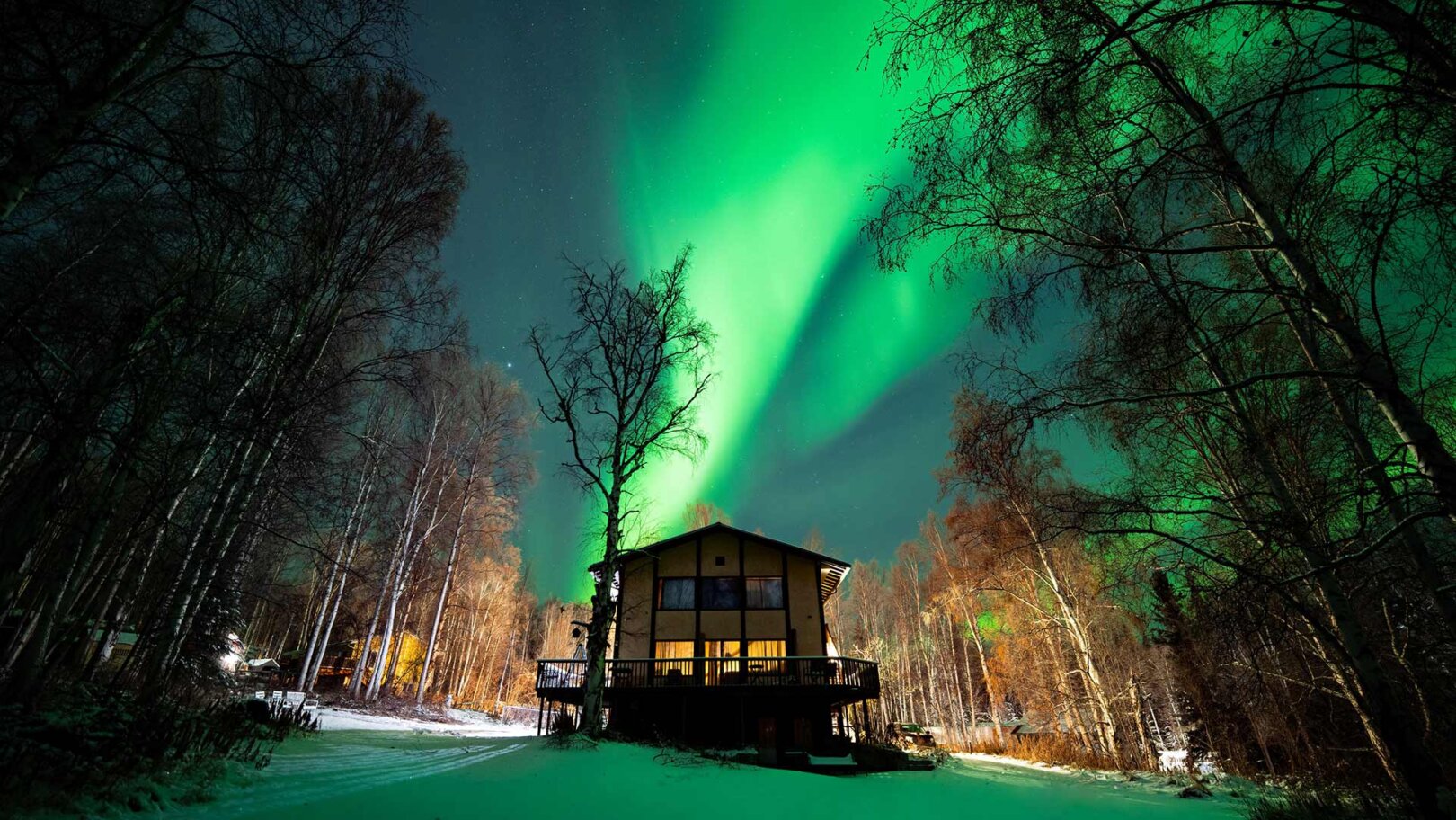
So what is the Aurora? I describe it as the best natural light show on Earth. It’s caused by gasses in Earth’s upper atmosphere being excited. Particles coming down from outer space collide with these gasses, creating light. The effect is like a big neon lamp in the night sky. The Aurora glows and produces different colors – green, red or pink – depending on what elements the gasses (mainly oxygen and nitrogen) give off.
When people talk about seeing the Aurora, they’re usually talking about the Northern Lights – Aurora Borealis. That’s because its Southern Hemisphere cousin, the Aurora Australis, occurs over uninhibited areas of Antarctica and the Southern Ocean. It’s harder to view.
I’ve seen the Aurora hundreds of times yet it always has the power to surprise me
I’m not only an Aurora photographer, I’m also an Aurora Chaser. I’m part of this vibrant community of people who go out and observe the lights in the field. And I’m also studying the Aurora from a scientific viewpoint. I’m currently taking part in a PhD programme in space physics in Fairbanks, Alaska.
It’s a great place to see the Northern Lights; although the best Auroras I’ve ever viewed have been in Manitoba, Canada. Churchill is a tiny town on the Hudson Bay and it’s difficult to get to – it’s a 40-hour train ride from Winnipeg – so it’s off the beaten track. There are wild polar bears everywhere, too. It’s a very cool place, with incredible Northern Lights.
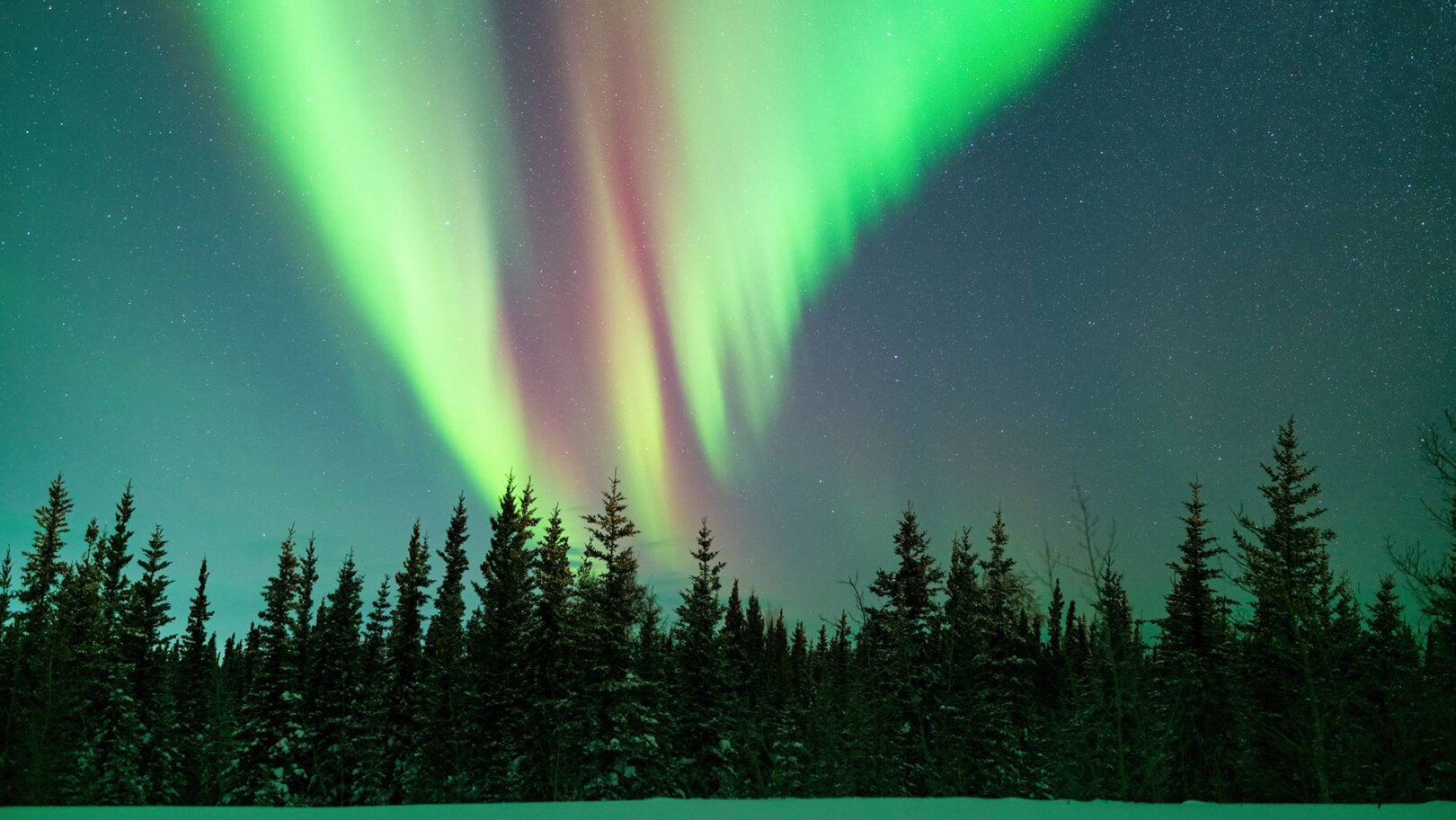
By this point in my life, I’ve seen the Aurora hundreds of times. And yet, it always has the power to surprise me. Each new show is special and unique. You have that moment where the sky explodes around you and you think, “Holy crap. This is beautiful.” I have that reaction every time, and it never gets old. You could say I’m hooked. I live and breathe the Aurora – and I want more people to enjoy it, just like I do. That’s why I started The Aurora Guy community.
Interest in the Northern Lights is at an all-time high right now. I’ve never known anything like it before. I receive hundreds of messages a day from people planning their Aurora trips, wanting to know when and where to go. I can hardly keep up but it’s really great to see how much enthusiasm is out there.
2024 is being hailed as one of the best years in decades to see the Northern Lights
Perhaps it’s because 2024 is being hailed as one of the best years in decades to see the Northern Lights. The sun goes through an activity cycle called the solar cycle, which is roughly 11 years long. Right now we’re in the high season of that cycle, with the peak of that season supposedly landing this year. The last solar cycle peaked in 2014, but it wasn’t a good one; we didn’t see a lot of Northern Lights activity. So, the thinking goes that we’re approaching the best Auroras that the Earth has seen in 20 years.
However, there’s nothing guaranteed about the behavior of the sun in space. High season in the solar cycle causes more explosions on the sun. This releases particles into outer space that can cause geomagnetic storms on Earth. But the effect is like a cannon launching cannon balls: it has to be pointing in the right direction for us to see the Aurora glow. And that’s not a sure thing. It’s not just about 2024, either. We might also see some extraordinary Aurora shows heading into 2025 and 2026. While you typically have the most space weather activity during the peak of the solar cycle, the most extreme activity comes towards its end. So, watch this space: the declining phase could be an opportunity for yet more spectacular sightings.
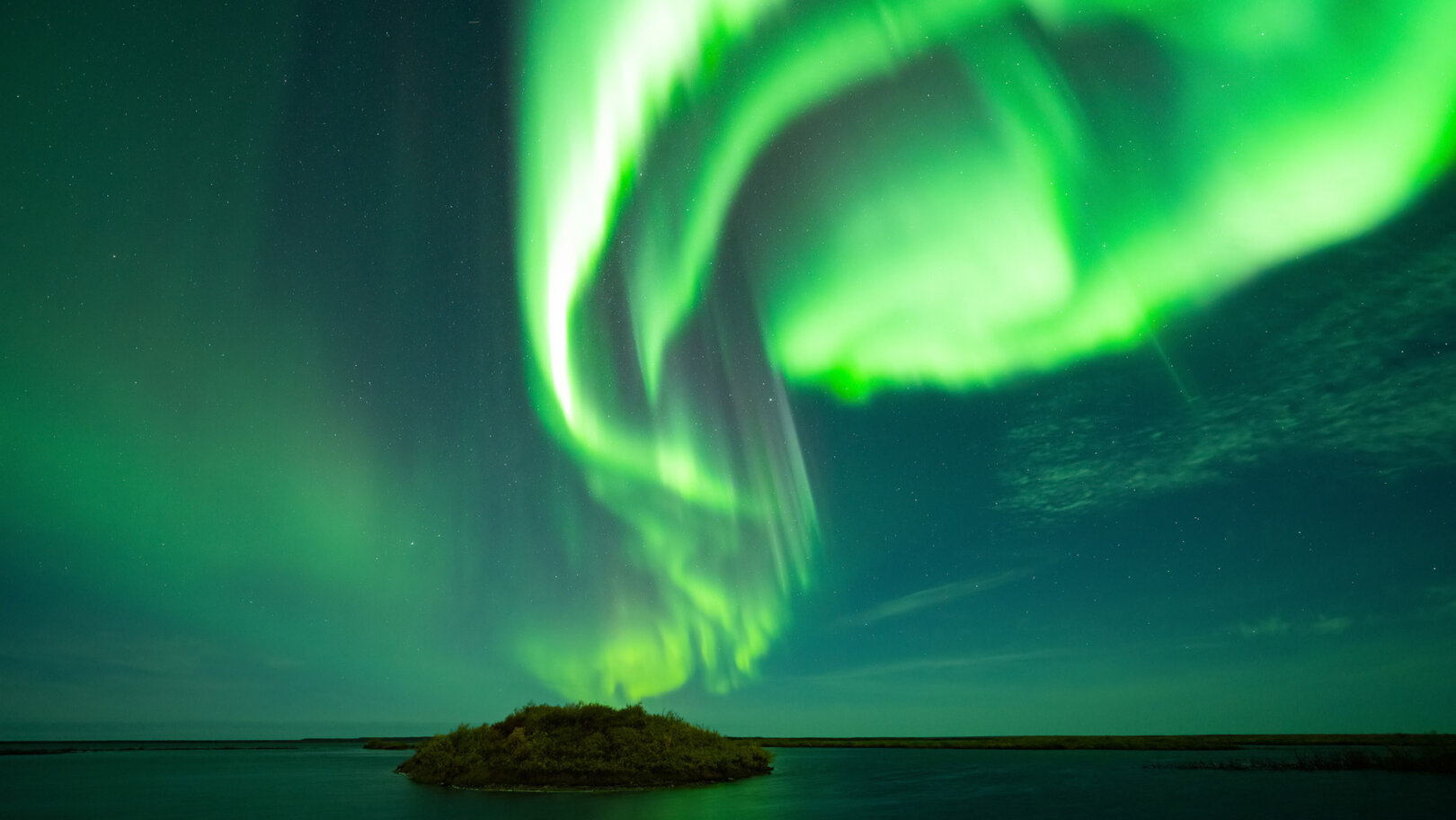
For the best chance of seeing the Northern Lights, I recommend people head to regions beneath the Auroral Oval: the doughnut-shaped area that forms a ring around the Arctic Circle. So places like Fairbanks or the Northern Territories in North America; or Reykjavik, Tromsø, Abisko or Rovaniemi in the Nordics.
For a higher chance of geomagnetic activity, time your trip around the spring and autumn equinoxes. Roughly speaking, that’s August-October or February-April. Plan to stay at least a week, in order to increase the odds of clear-sky nights between cloud cover. And always go with an Aurora guide, because they’re the people who use data to track the Northern Lights; they’ll know all the best locations in their area.
The Aurora is so complex and beautiful, it’s hard to define. That’s the beauty of it
Occasionally, you’ll have a big geomagnetic storm where you’ll see crazy Auroras from the moment the sun goes down right through until sunrise. More often, however, you have these little intense bursts of Aurora called substorms, when it gets really bright and active for around 30 minutes. These tend to occur in the middle of the night, from around 11pm-1am. You have to be patient, too. Mother Nature runs to her own timeline. Often, I’ll be packing my car up only for the biggest, brightest Aurora to explode out of nowhere.
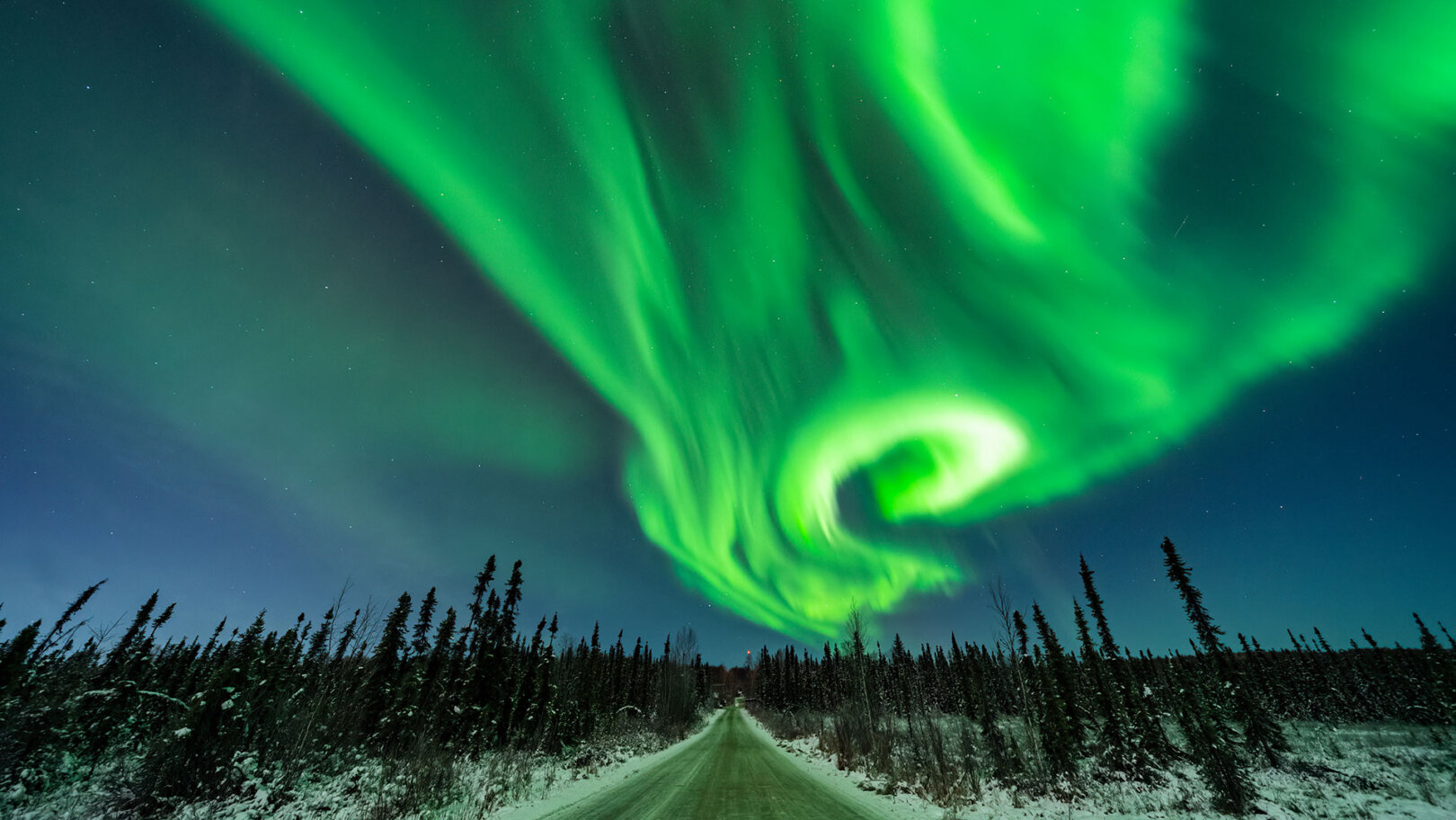
Seeing the Aurora up-close is a very raw experience. You feel like you’re connecting to something bigger than yourself – a higher power. Often, you’ll be out of phone range in the heart of a forest or by a lake. It’s dead silent, in the middle of the night, and you look up and the Aurora is going nuts. It’s an eerie feeling, like you’re surrendering yourself to nature.
Above all, the Aurora is this wild, dynamic phenomenon. When you’re watching it, it’s very much alive – it appears to breathe in and out. There’s all this color and brightness and movement. That’s why people refer to the “dancing” Northern Lights. It’s so complex and beautiful, it’s hard to define. That’s the beauty of it. No matter how much we already know about the Northern Lights, there will always be more to learn.
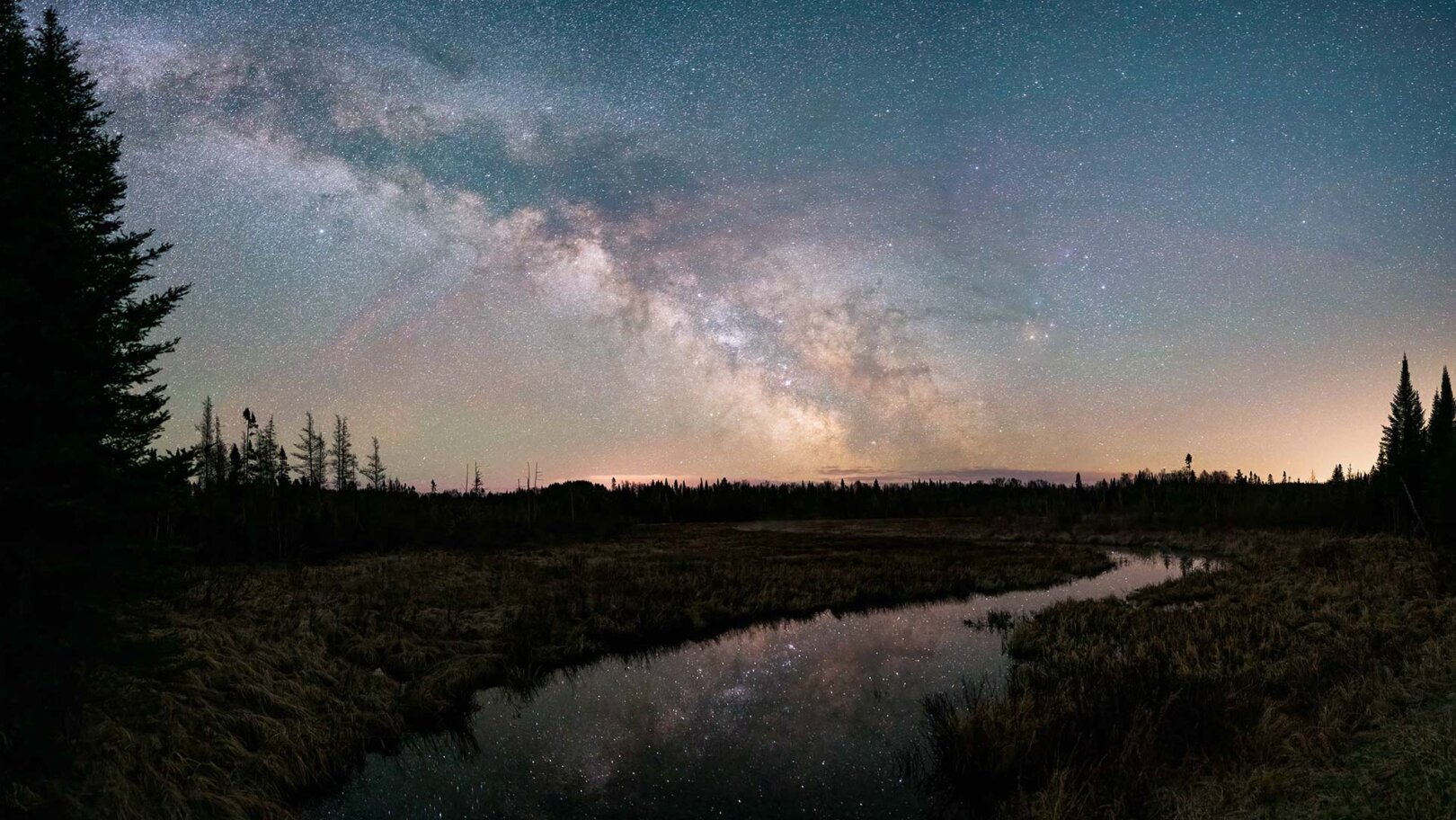
Vincent Ledvina, aka The Aurora Guy, is a night sky photographer, Aurora fanatic and PhD student in space physics at the University of Alaska, Fairbanks. Find out more about the wonderful world of the Northern Lights by downloading his e-book, A Beginner’s Guide to Aurora Chasing.
Interested in seeing the Aurora? Come chase the Northern Lights on Flash Pack’s adventures to Finland and Iceland.
Photography: Courtesy of Vincent Ledvina/ The Aurora Guy




